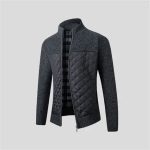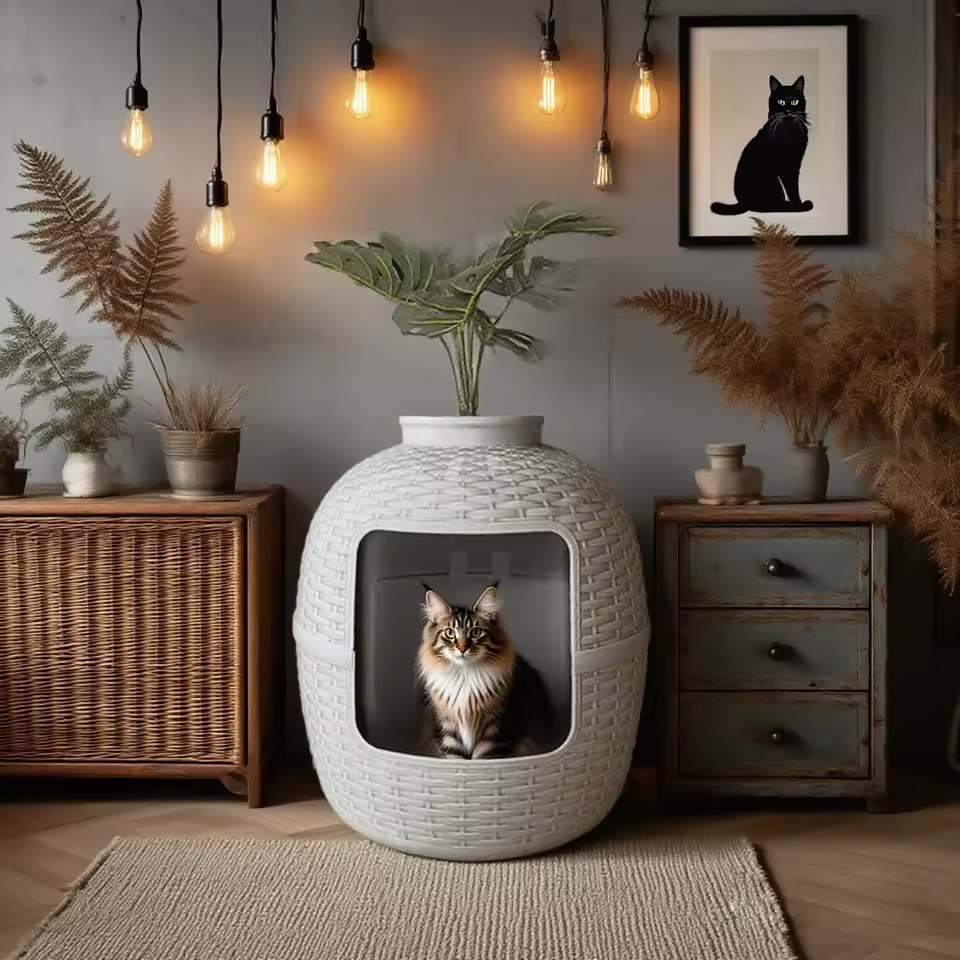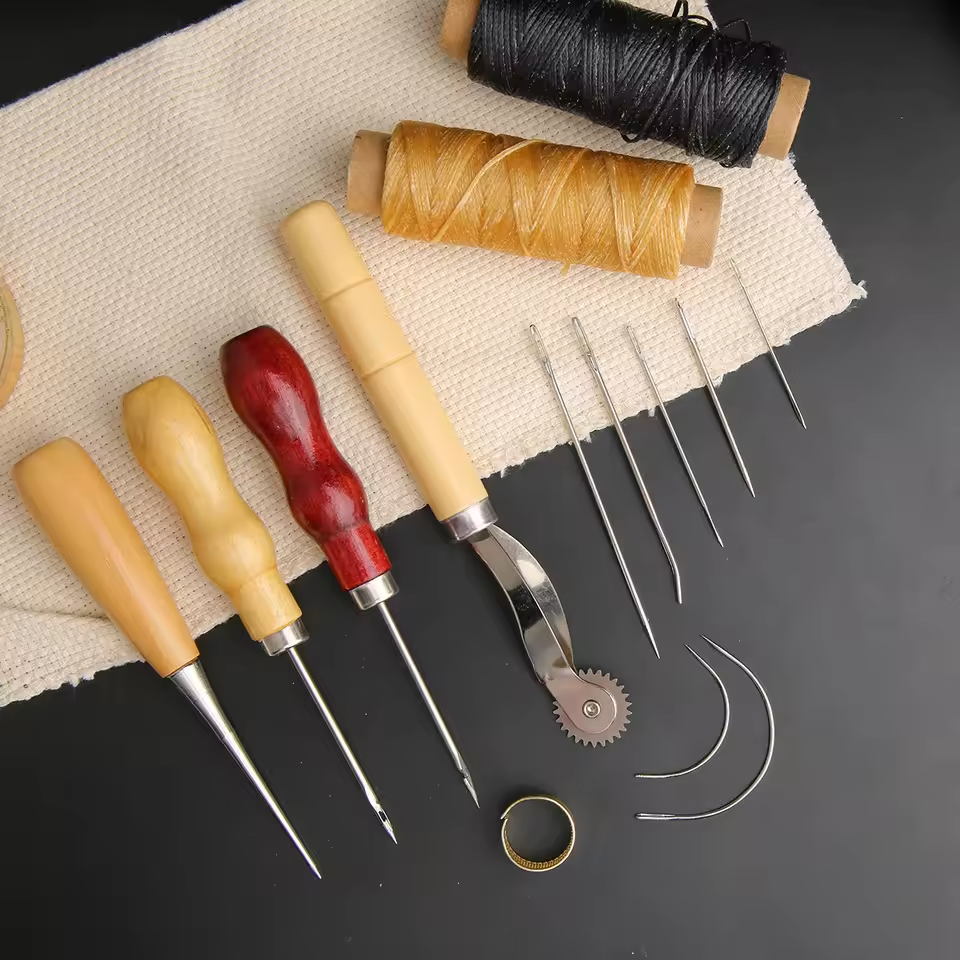Jean fabric has long been a staple in wardrobes around the world. Known primarily for its durability and versatility, it has undergone a remarkable evolution over the years. From its origins in the late 19th century to its current status as a fashionable choice in high-end collections, denim has proven adaptable to changing trends while remaining a symbol of casual style. In this article, we will explore the evolution of jean fabric, its various styles, and its impacts on fashion culture.
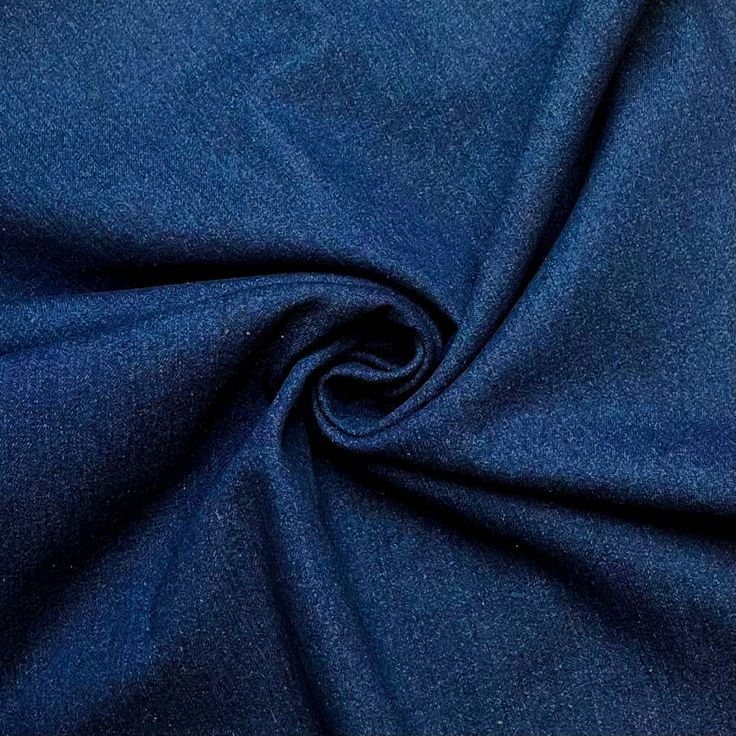
Historical Background of Jean Fabric
The journey of jean fabric began in the early 1800s in France, where denim was initially created as a sturdy fabric for workwear. This durable material quickly gained popularity among laborers, miners, and farmers due to its ability to withstand wear and tear. The robust nature of denim made it ideal for demanding jobs, leading to its widespread use across various industries. By the time Levi Strauss introduced blue jeans to the American market in the 1870s, jean fabric had established itself as an essential component of workwear.
Throughout the early 20th century, the fabric’s strong association with the working class continued to grow. Its rise in popularity among different professions helped create a lasting legacy that resonates with both workers and fashion enthusiasts alike. As denim shifted into mainstream culture, it began evolving beyond its original functionality. Soon, jean fabric made a significant mark on the fashion scene, transitioning from practical attire to a symbol of rebellion and style. This transformation laid the groundwork for denim’s enduring relevance in fashion history.
The Rise of Blue Jeans in Popular Culture
By the mid-20th century, jean fabric had transformed into a powerful symbol of rebellion and youth culture. The iconic blue jeans worn by Hollywood stars like James Dean and Marlon Brando captured the imagination of a generation, resonating with young people seeking to express their individuality. These celebrities made jeans more than just functional wear; they became a representation of freedom and self-expression, embodying the desires of youth in post-war America.
Throughout the 1950s and 1960s, denim underwent further innovation, leading to an explosion of styles in the market. Brands began producing jeans in various cuts, washes, and sizes, ensuring they catered to a broader audience. This diversity made jeans appealing to people from all walks of life. The emergence of denim overalls and jackets during this period further solidified jean fabric’s status in everyday clothing options.
These changes reflected the fashion landscape’s adaptability, allowing blue jeans to transcend their humble origins and firmly establish themselves as staples in casual wear. Jeans became a canvas for personal style, influencing fashion trends for decades to come.
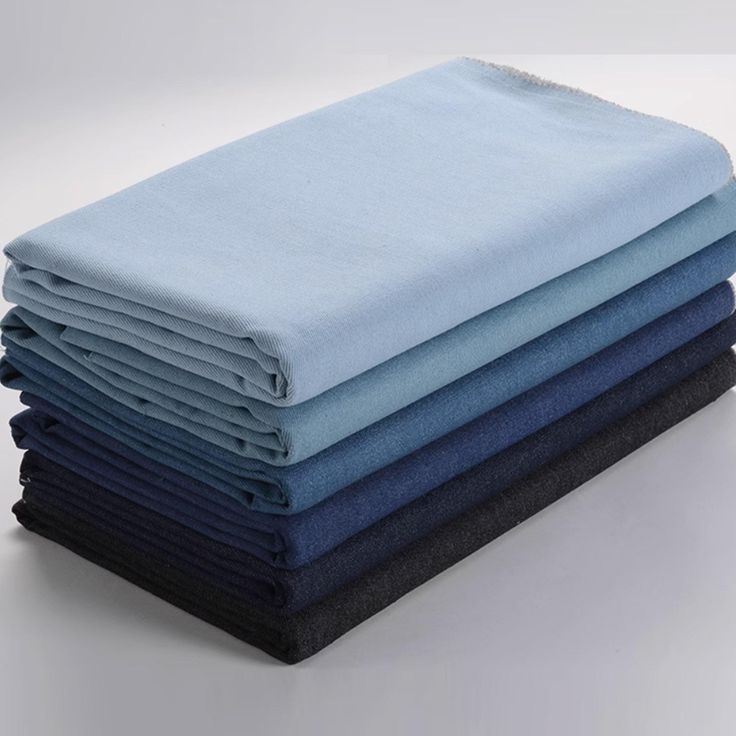
The Influence of the 1970s: Denim Goes Mainstream
The 1970s marked a significant turning point for jean fabric, bringing with it a wave of creativity and bold self-expression. This decade saw the rise of bell-bottom jeans, which quickly became a fashionable choice among many. Influenced by rock music, disco culture, and countercultural movements, denim underwent a transformation, and creative cuts and colors flourished. During this vibrant time, jean fabric became a canvas where individuals could showcase their unique styles and personalities.
As the decade progressed, brands began experimenting with various embellishments to stand out in the fashion landscape. This experimentation included embroidered patches, innovative fading techniques, and even acid-washed designs. These innovations not only expanded the range of denim styles but also allowed jean fabric to evolve further. Consumers craved bold and expressive pieces, and designers eagerly catered to these desires.
Ultimately, this era redefined denim, elevating it from simple workwear to a versatile fabric suitable for various occasions. From parties to casual outings, jeans became a wardrobe essential. This cultural shift laid the groundwork for the ongoing evolution of denim in the decades that followed.
The 1980s and 1990s: Denim’s Fashion Renaissance
The 1980s and 1990s marked a true renaissance for jean fabric, as fashion designers began to recognize and emphasize its potential. Major luxury brands introduced denim into their collections, creating high-end pieces that blended the casual appeal of jeans with sophisticated designs. This era saw the emergence of distressed denim, baggy jeans, and cropped styles, all of which gained immense popularity among fashion enthusiasts.
Additionally, this period saw the rise of denim jackets as essential wardrobe staples. These jackets became a versatile layering option, seamlessly complementing various outfits and styles. Celebrity endorsements further boosted denim’s status during this time, as influential figures in music and film wore these pieces, making them synonymous with coolness and rebellion.
The concept of “denim for everyone” emerged, promoting inclusivity and encouraging both men and women to embrace this adaptable fabric. Jean fabric became deeply embedded in pop culture and fashion trends, leading to an ongoing evolution of style and design. The lasting impact of this era solidified denim’s place as a timeless and essential element of contemporary wardrobes.
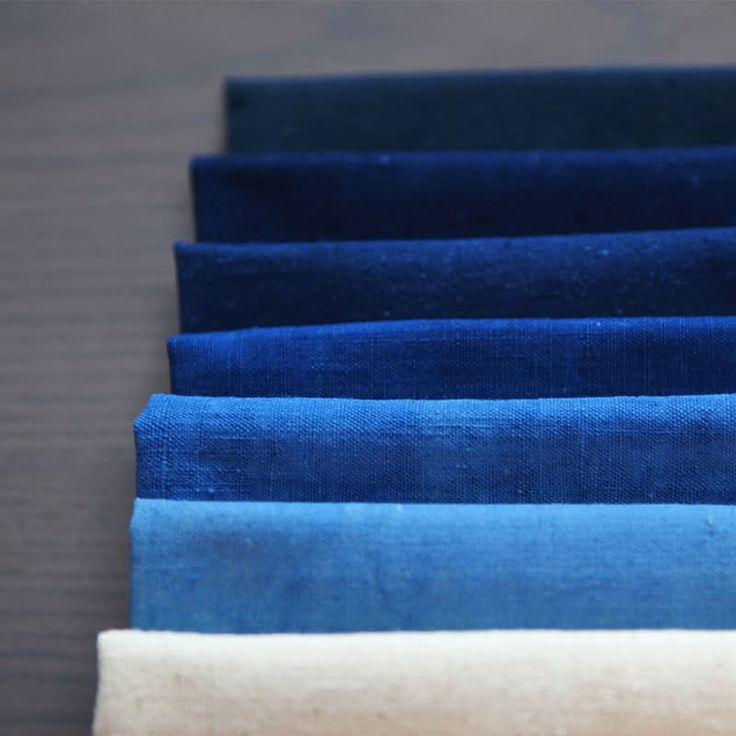
The Modern Era: Sustainable Denim Practices
In recent years, the evolution of jean fabric has increasingly prioritized sustainability. With growing environmental consciousness, manufacturers are re-evaluating their production methods to minimize waste and reduce resource consumption. This noteworthy shift has led to the introduction of eco-friendly processes in denim production, including the use of organic cotton and recycling water during manufacturing.
Many brands are adopting innovative techniques, such as laser-assisted distressing and water-saving washes, to decrease their environmental impact. These advancements not only improve the manufacturing process but also appeal to consumers who are more aware of sustainable fashion choices. The modern jean fabric now not only meets style preferences but also aligns with a commitment to environmental responsibility, making it a popular option.
Fashion-forward individuals increasingly seek out denim options that prioritize sustainability without compromising quality and style. As this movement continues to gain momentum across the fashion industry, the evolution of jean fabric will likely keep pace, embracing eco-friendly strategies that contribute positively to both fashion and the environment.
The Impact of Technology on Denim Production
Advancements in technology have significantly shaped the evolution of jean fabric. Modern innovations allow for innovative weaving techniques, resulting in softer, stretchier, and longer-lasting denim. Many brands now offer stretch denim options, providing improved comfort while maintaining the timeless look that consumers love. This enhanced functionality meets the demands of modern lifestyles, keeping denim relevant and appealing.
In addition, 3D-knitting technology enables the seamless creation of denim garments, increasing manufacturing efficiency and reducing fabric waste. This production method not only conserves resources but also enables designers to create more intricate patterns and styles. Moreover, digital printing techniques have expanded the possibilities for designs, allowing brands to produce unique graphics that cater to diverse consumer tastes.
These technological advancements enhance the functionality of jean fabric while appealing to the fashion-forward consumer. As designers continue to blend traditional denim craftsmanship with cutting-edge technology, denim will undoubtedly remain a prominent feature in wardrobes around the world. The intersection of technology and denim foretells a bright future for this cherished fabric.
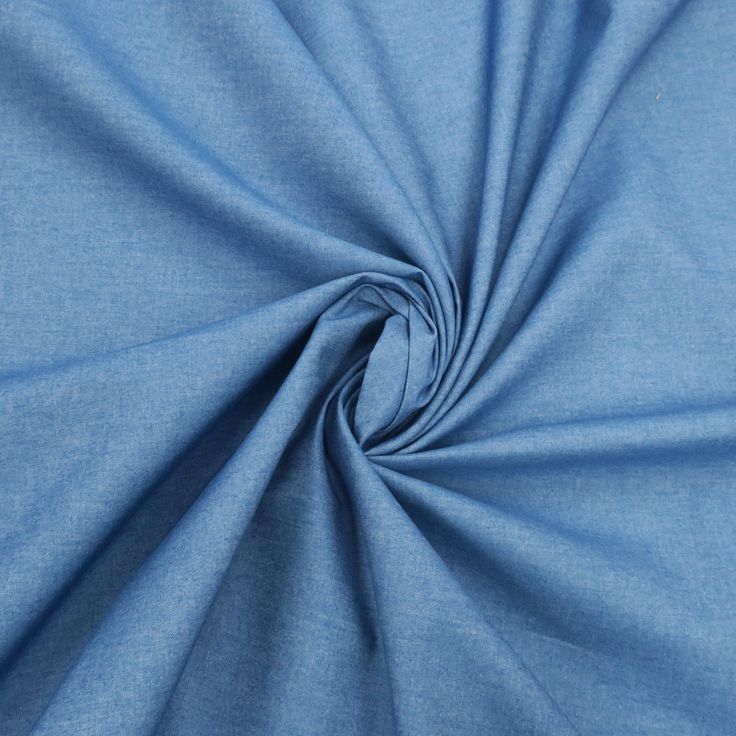
Current Trends in Jean Fabric
Current trends in jean fabric beautifully reflect a blend of nostalgia and contemporary styles. High-waisted jeans, wide-leg cuts, and straight-leg designs have made a strong comeback, appealing to the growing desire for vintage-inspired looks. These styles evoke feelings of the past while remaining relevant today. Additionally, embellishments such as beads, patches, and even embroidery add a playful element that captures the creativity and individuality of modern fashion.
The color choices in jean fabric have also expanded significantly. While classic blue denim remains a popular choice, consumers are increasingly embracing black, white, and pastel-colored denim. These diverse options allow for unique fashion statements and personal expression. As trends continue to evolve, they redefine the way jean fabric is perceived while still maintaining its core functionality and versatility.
Denim has become a dynamic fabric that adapts to the tastes and preferences of each generation. Social media and fashion influencers have greatly accelerated changes in denim styles and designs. This ensures that jean fabric continues to be a relevant and essential staple in contemporary fashion.
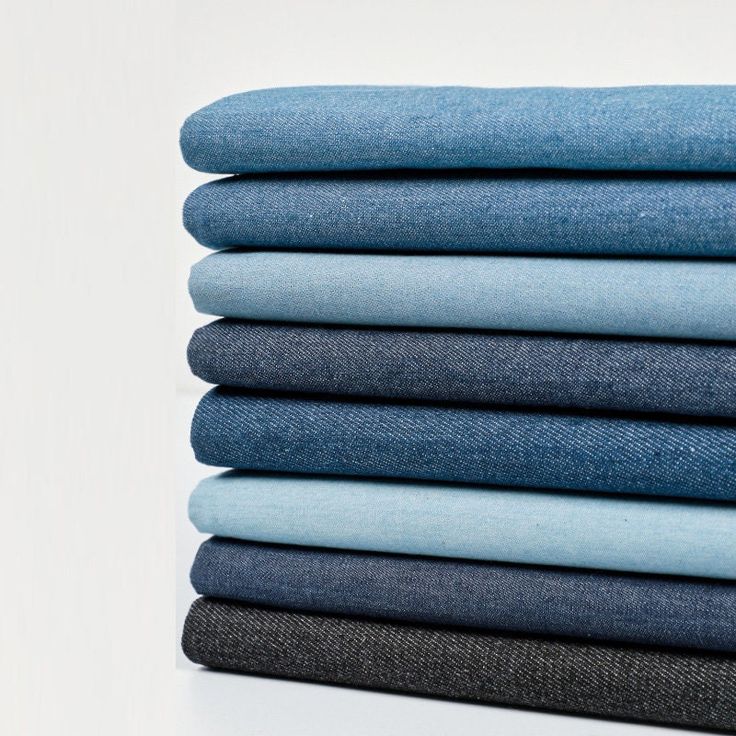
Conclusion: The Timeless Allure of Jean Fabric
In conclusion, jean fabric has undergone a remarkable evolution that reflects cultural changes, technological advancements, and consumer preferences. From its humble beginnings as workwear to its status as a fashion staple, denim has left an indelible mark on the clothing industry.
Today, many options exist for those looking to explore various styles, fits, and sustainable practices associated with jean fabric. The continued popularity of denim showcases its timeless appeal and adaptability. This ensures that it remains a key player in both casual and high-fashion markets. Embracing the evolution of jean fabric celebrates creativity and style. It also highlights the importance of environmental consciousness, making denim an indispensable fabric in modern wardrobes.
